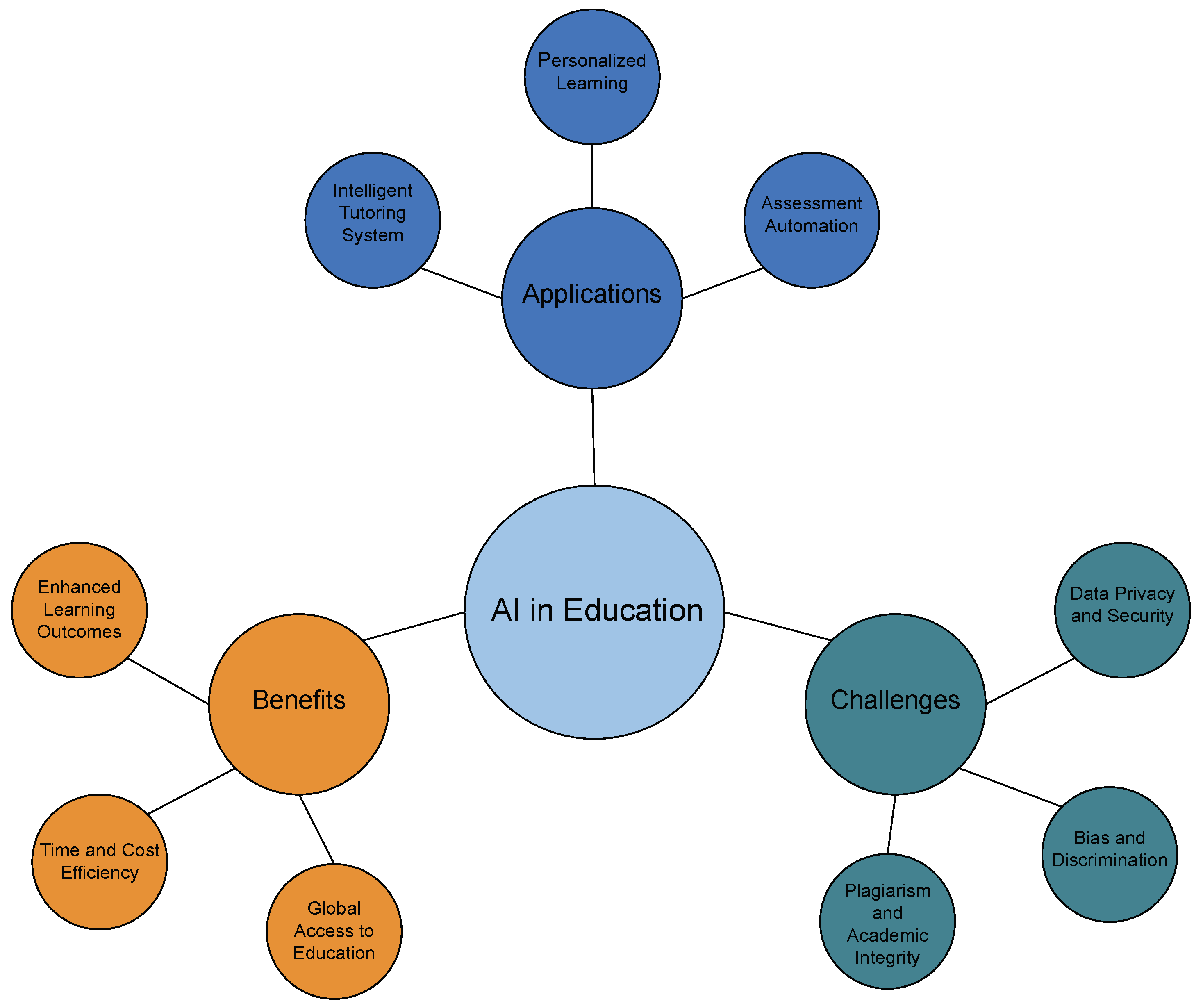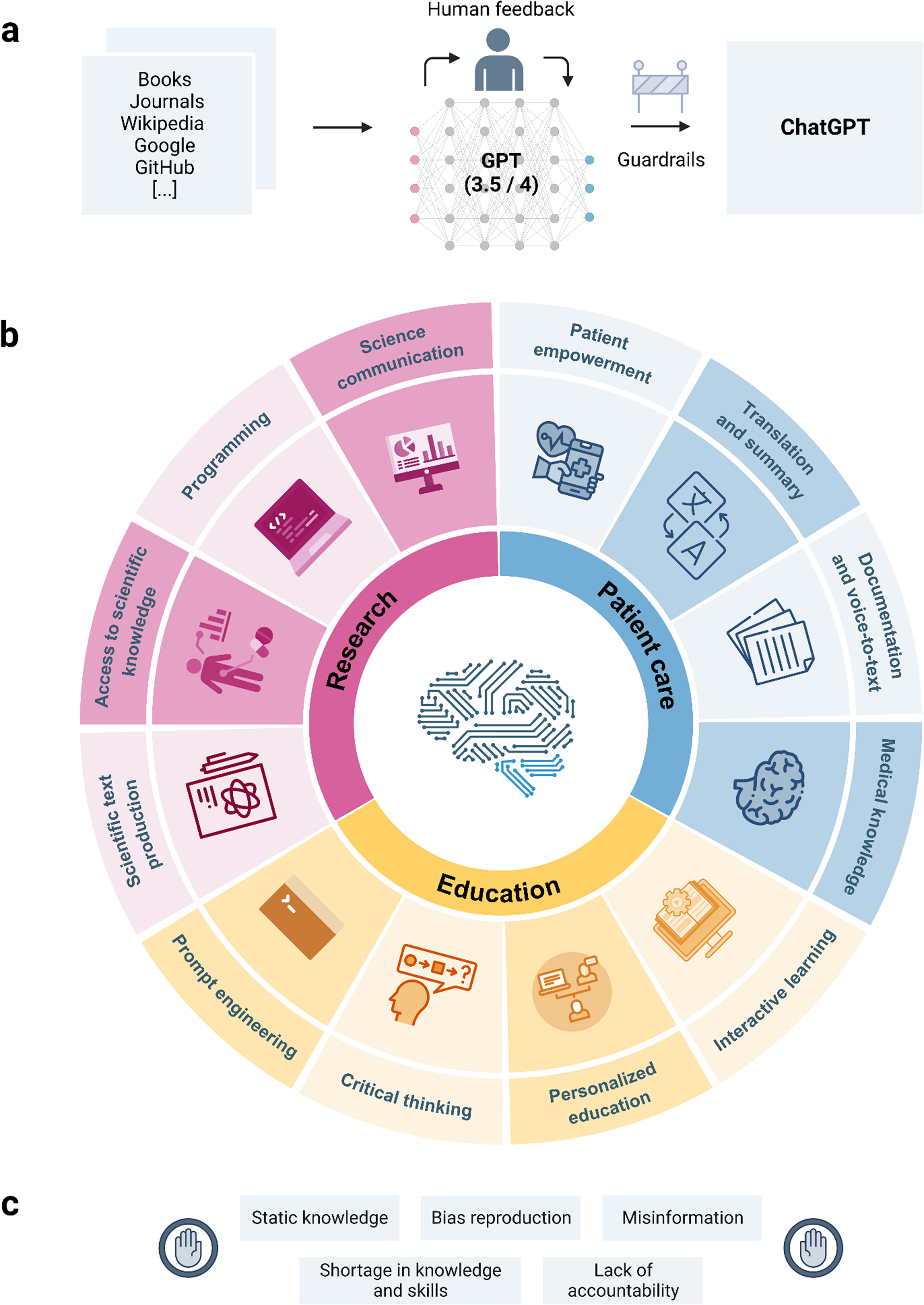Bard has limitations in its capabilities including limited endurance and narrow range of motion. With limited endurance, Bard may not be suitable for prolonged or extensive tasks.
Additionally, its narrow range of motion restricts its ability to perform complex movements or reach certain areas. These limitations can impact Bard’s overall versatility and efficiency in completing various tasks. However, Bard’s capabilities can still be highly beneficial for specific applications and tasks that require its unique features and functionalities.
By understanding and considering these limitations, users can effectively leverage Bard’s capabilities for optimal results.

Credit: podcasters.spotify.com
Technical Limitations Of Bard
Technical Limitations of Bard:
Hardware constraints:
Bard, like any other technology, has its own set of hardware limitations that can affect its performance. These constraints may include limited processing power, insufficient memory, or outdated hardware components. These hardware limitations can restrict the capabilities of Bard and may result in slower performance or inability to execute certain tasks efficiently.
Software limitations:
The software running Bard may also impose limitations on its capabilities. This can include compatibility issues with certain operating systems or software dependencies, limited integration options with other tools or platforms, or a lack of certain features that users may expect. These software limitations can impact the overall functionality and usability of Bard.
Feature restrictions:
Despite being a powerful tool, Bard may have certain feature restrictions that can limit its capabilities. These restrictions can range from limited customization options, restricted access to certain data sources or APIs, or a lack of advanced functionalities. These feature restrictions may impact the versatility and flexibility of Bard for specific use cases.
Performance bottlenecks:
Performance bottlenecks refer to situations where Bard experiences a slowdown or reduced performance due to various factors. These bottlenecks can be caused by heavy data processing, inefficient algorithms, or insufficient network bandwidth. Performance bottlenecks can significantly impact the speed and efficiency of Bard in handling large datasets or complex analytics tasks.

Credit: www.mdpi.com
Operational Constraints Of Bard
Bard, although a powerful tool, does have some limitations that can affect its operational capabilities. These limitations are important to consider when implementing the tool for data analysis and decision-making processes.
| Operational Constraints of Bard |
|---|
| Data availability and quality |
| Dependency on external systems |
| Integration challenges |
| Compatibility issues |
| User limitations |
The availability and quality of data can greatly impact the effectiveness of Bard. Limited or inaccurate data may lead to misleading insights and analysis. Additionally, Bard is dependent on external systems for data input and integration, making it susceptible to any issues or limitations these systems may have. Integration challenges can arise when trying to connect Bard with various data sources or platforms. Compatibility issues may also occur when using Bard in conjunction with other tools or systems. Lastly, Bard may have limitations on the number of concurrent users or user permissions that can affect its usability within an organization. It’s important to understand and address these limitations to maximize the benefits of using Bard for data analysis and decision-making.
Impact Of Bard’s Limitations
Bard is a powerful tool that offers numerous benefits to businesses. However, it is important to be aware of its limitations, as they can have a significant impact on productivity, potential risks and vulnerabilities, customer satisfaction and retention, as well as competitive disadvantages. Firstly, the limitations of Bard can affect productivity. Due to its complexity and the learning curve involved, employees may require additional training and time to fully utilize its capabilities, leading to a slower workflow and potential delays in meeting deadlines. Secondly, Bard’s limitations can expose businesses to potential risks and vulnerabilities. As with any digital platform, there is always a risk of security breaches and data loss. It is essential for companies to implement robust security measures and regularly update their systems to mitigate these risks. Thirdly, the limitations of Bard can impact customer satisfaction and retention. If an organization is unable to fully meet customer expectations or provide a seamless experience due to the limitations of the platform, it may result in a decrease in customer satisfaction and loyalty. Lastly, Bard’s limitations can put businesses at a competitive disadvantage. If competing companies have access to more advanced technologies or tools that surpass the capabilities of Bard, they may be able to offer superior products or services, ultimately drawing customers away. It’s important for businesses to carefully evaluate the limitations of Bard and consider alternative solutions or strategies to overcome these challenges and ensure continued success.

Credit: www.nature.com
Overcoming Bard’s Limitations
The limitations of Bard’s capabilities:
Continuous improvement and updates play a crucial role in overcoming the limitations of Bard’s capabilities. By consistently enhancing the platform, the developers can address existing limitations and introduce new functionalities that align with user needs. This iterative process ensures that Bard remains relevant and effective in the ever-evolving digital landscape.
Strategies for mitigation involve identifying specific limitations and devising targeted solutions. This may include optimizing performance, enhancing user experience, or addressing compatibility issues. Through a comprehensive approach, these strategies can be implemented to mitigate limitations and enhance Bard’s overall performance.
Collaboration and feedback loops offer valuable insights from users and experts in the field. By actively seeking feedback, Bard’s developers gain a better understanding of its limitations and how they can be resolved. This user-centric approach helps shape future updates, ensuring that Bard remains a reliable and efficient platform.
Alternative solutions can also be explored to overcome the limitations of Bard. By harnessing the power of technology and innovation, developers can identify new approaches that offer enhanced features and capabilities. These alternatives can provide users with additional options and overcome specific limitations that may arise in Bard.
Frequently Asked Questions For What Are The Limitations Of Bard’s Capabilities?
What Are The Limitations Of Bard’s Capabilities?
Bard is an incredibly versatile tool, but it does have some limitations. One limitation is that it may not be suitable for complex or highly customized websites. Additionally, Bard may not include every feature or functionality that some users may require.
Lastly, Bard’s capabilities may be limited when it comes to integrating with certain third-party tools or platforms.
Can Bard Handle Large Volumes Of Traffic?
Absolutely! Bard is designed to handle high volumes of traffic without any issues. Whether you have thousands or millions of visitors, Bard’s robust infrastructure and caching mechanisms ensure that your website remains fast and responsive.
Are There Any Seo Limitations With Bard?
While Bard offers many SEO tools and features, it does have a few limitations. One limitation is that it may not provide as much flexibility for advanced SEO techniques. Additionally, Bard may not have all the advanced SEO customization options that some users may require.
However, Bard still provides a solid foundation for implementing basic SEO practices and optimizing your website for search engines.
Conclusion
To summarize, while Bard’s capabilities offer valuable solutions, they do come with limitations. Users should be aware that Bard’s effectiveness could vary depending on individual needs and constraints. It is crucial to consider these limitations in order to make informed decisions and explore alternative options.
By doing so, users can maximize the benefits of Bard while minimizing any potential drawbacks.



